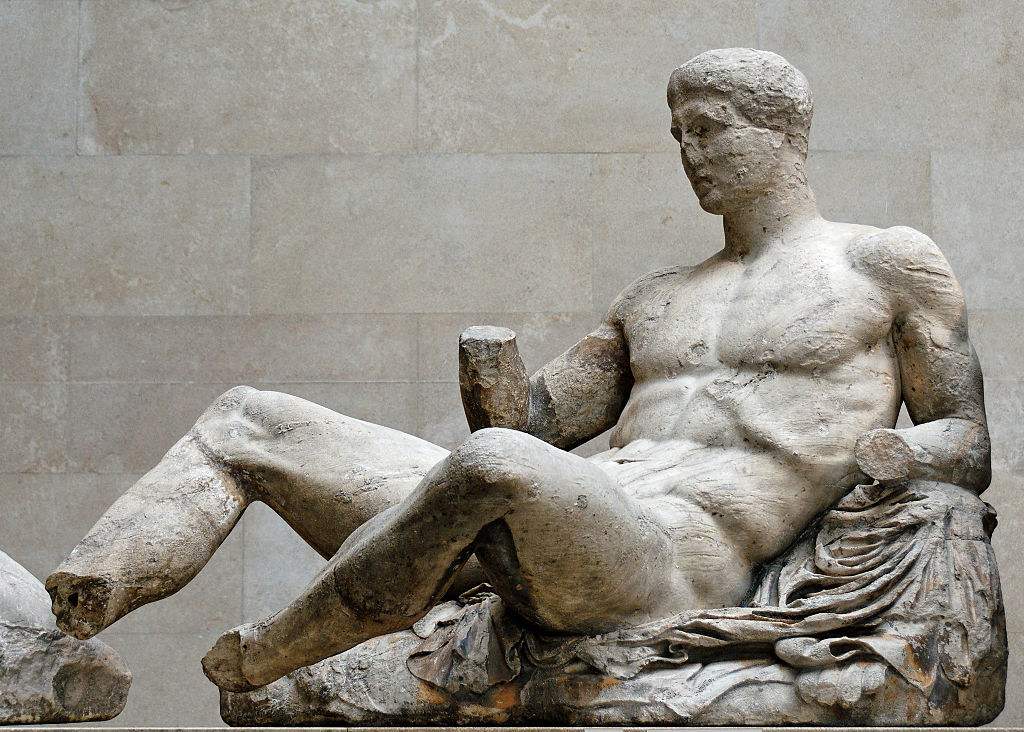While the world’s eyes have been elsewhere, on Gaza, Ukraine, or developments in the South China Sea, tensions have been rising in South Asia.
Amidst the chaos of a political vacuum, Muslim extremists in Bangladesh have unleashed a pogrom against Hindus and Christians. Although things have since calmed down, animosities continued to run deep.
In recent weeks, many districts in eastern Bangladesh have been flooded by heavy monsoons. Rumours on social media claimed the flooding was “artificial”, exacerbated by India opening dams and barrages on rivers near its border with Bangladesh.
Radical groups like Hefazat-e-Islam, the most recent entity and the largest in Bangladesh’s complex web of ultra-conservative, radicalised Islamist groupings, have accused New Delhi of releasing storm floods from India into Bangladesh.
Misinformation has been central in Hefazat-e-Islam’s handbook. Last year, the organisation coaxed the European Parliament into passing a resolution condemning Bangladeshi authorities for confronting Islamist rioters. Voices who protested against this resolution at the time included German MEP Maximillian Krah and Dr Rayhan Rashid of the University of Oxford.
This time, Bangladeshi hardline Islamists have allegedly used old photographs and videos, and images of infrastructure unrelated to the recent floods, as part of a broader pattern to stir up public sentiment.
This online propaganda works. Even ministers of the interim Yunus government have now said India opened dams without any prior warning, essentially flooding Bangladesh on purpose. These statements put Bangladeshi Hindus in the crosshairs.
Flooding in South Asia occurs often, due to the subcontinent’s shared river systems. There are water-sharing treaties in place between India and Bangladesh, but their implementation has been problematic at best.
Bangladesh has often accused India of causing floods, especially by releasing water from the river Ganges. India for its part has insisted Bangladesh lacks an adequate flood control system, with an infrastructure built more than half a century ago. But this time things have been different, and far worse.
During Bangladesh’s summer riots, more than 1,000 people were reportedly killed and over 20,000 injured. The situation has been volatile, so in an attempt to appease Bangladeshi public sentiment, India’s foreign ministry has firmly rejected accusations of any wrongdoing.
However, the situation remains critical, with weather agencies warning of more heavy rainfall and potential flash floods in the coming days.
Both the Indian and Bangladeshi economies rely heavily on agriculture. Feeding 1.5 billion people requires a great deal of water. Increasing populations in both countries have also piled pressure on water resources, leading both to heightened demand and conflicts over water usage and management.
If the Yunus administration does not tackle Islamist propaganda, groups like Hefazat-e-Islam will continue to use every opportunity to destabilise the region, posing security threats to both nations.
At the India-Bangladesh border, when it rains, it pours. Unless Dhaka proves it is not working hand in glove with extremists, South Asia may literally end up in deep water.





Islamist majorities terrorise Hindus and Christians, but the West looks away